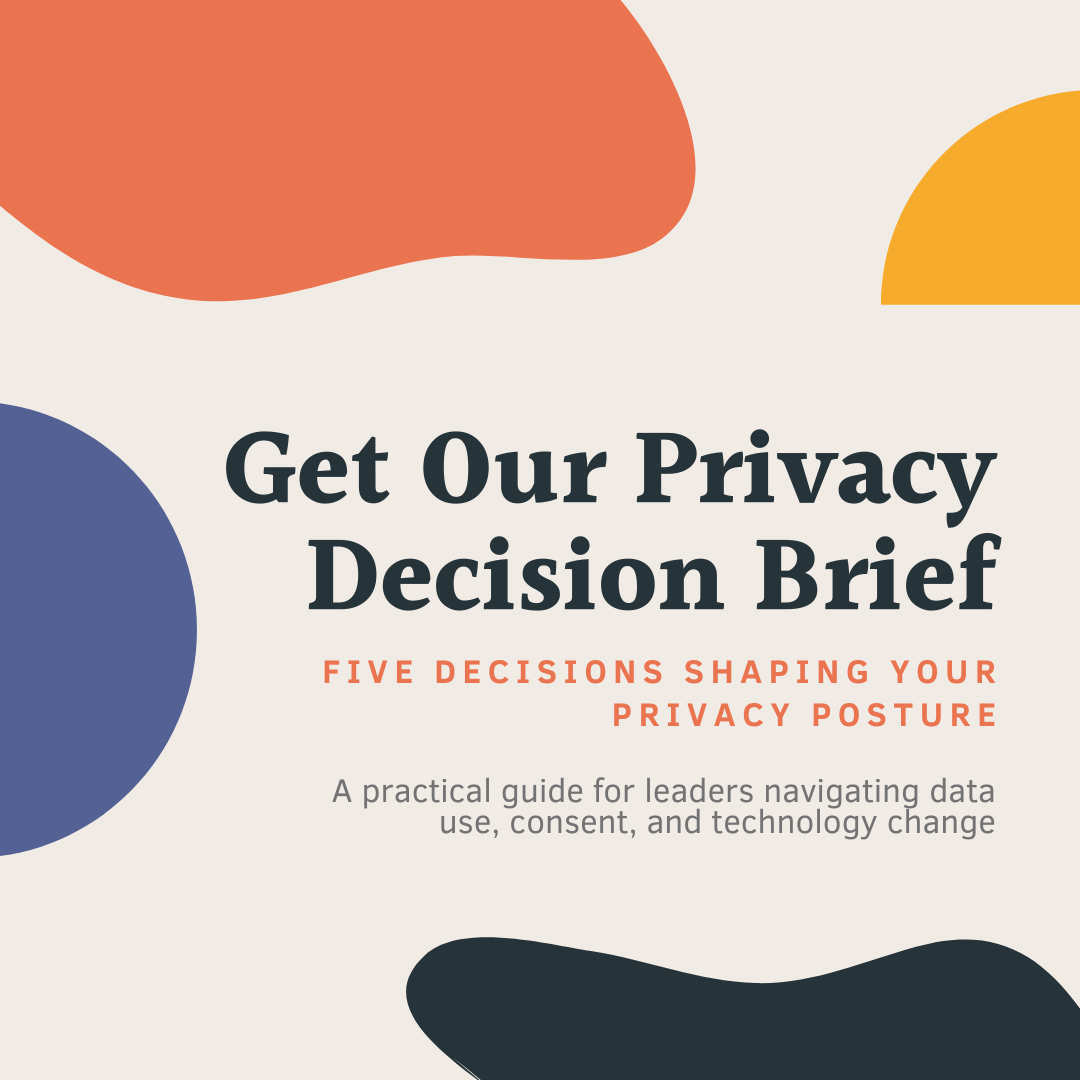The Trouble With Connected TV
Aug 13, 2023As we think about ways to diversify acquisition investments and reach new audiences, Connected TV - or, CTV - is a topic that comes up nearly constantly.
If you're not familiar, CTV is the mechanism that allows advertisers to deliver video ads to viewers over the internet as they stream their favorite movies and TV shows.
CTV represents a lot of opportunity given that 1) video ad units tend to perform really well, and 2) CTV doesn't rely on cookies to target prospective customers, which, at first glance, makes it a more privacy-friendly option.
In fact, according to Mountain Research, 84 percent of advertisers are increasing CTV ad spend due to consumer privacy issues on other ad channels. 55 percent of advertisers are shifting their investments away from other channels and into CTV.
What's important to know, though, is that what CTV does rely on is implicit consent. And that's not a sustainable solution.
How is audience data collected via Smart TVs?
Nearly all newer sets are smart TVs, which connect to the internet, making it easy to stream content from services such as Hulu and Netflix.
But what audiences don't normally understand is that the streaming apps on a smart TV set may collect data on them even if they don’t ever sign in - and sometimes, there's no way for them to opt out of that function. Smart TVs also collect data for its manufacturer, which may include the user's location, information on which apps they open, and more.
Smart TVs collect data using a technology called automatic content recognition, or ACR. While users can turn these features off for some services, that isn't true for all of them. And that's a problem.
Amazon Fire TVs, Android TVs, and Roku TVs all require audiences to accept a privacy policy; they do not allow audiences to opt out of tracking. This reliance on implicit consent for data collection - versus explicit consent - is likely to be up for discussion and regulation in coming years.
While some Smart TVs do require consent for data collection on sign-up, an Ofcom report found that this is still ambiguous: Users may be aware that these services track the content they watch, but many are still unaware of how and when their personal data is involved and where it travels.
For example, when a user signs up for a streaming service using their primary email address (which is classified as Personally Identifiable Information, or PII), that email address can be used to match the user to other activities they complete on the web if the CTV publisher converts that email address into a universal ID. All of this happens behind the scenes.
As Ad Tech explains: "Let's say "[email protected]" signs into a streaming service — and that service converts this email into a universal identifier. The streaming service then shows an ad for a Peloton bike, and the user later checks out on Peloton's website with "[email protected]" as their contact email." This process of information sharing makes a person's behaviors across a number of platforms and channels explicit in ways the average person doesn't inherently understand.
This level of data tracking is deeply valuable for the advertiser, but it relies on the user being either comfortable with or unaware of how their data is shared and then linked to their person. As audiences become more educated, this adoption rate is likely to suffer.
Why is consent particularly complicated for CTV?
Consent management is more difficult in a television environment for a few reasons:
- Device sharing is much more common with streaming services than other channels. If you think about just the number of people you know who share Netflix log-ins, you have a sense of what this number looks like at-scale. So, while your little brother might have consented to data processing for a particular app or service, it’s likely that others who haven’t consented will use those same services. And that ambiguity increases risk on the advertiser's end.
- Privacy banners and consent notices are effectively disruptive on mobile and desktop devices - making the advertiser's due diligence to inform its audiences about options and collect explicit consent easier to execute. The same isn't true for TV devices themselves. Checking boxes to opt in or out has shown to be more difficult for most users when using a remote than a mobile or desktop device.
- Consent management platforms (CMPs) were built for browser-based environments, and the TV device space is much more fragmented - meaning that landing the plane on placing user preference flags and ensuring they sync throughout your systems is significantly more difficult.
All this to say: avoid thinking of Connected TV as a silver bullet in advertising. The currently-opaque nature of all of the elements noted above make this space ripe for reexamination as audiences become increasingly concerned about their privacy. As in all things, invest where it makes sense but understand that efficiency margins will shrink here as they have in all other channels that previously relied on implicit consent for success. CTV is a solid enough short-term revenue play, but likely to change in nature in the next few years.
--
When you're ready, here's how I can help you with your investment diversification strategy:
>> Book 1:1 help to formulate your action plan or discuss a strategic objective.
>> Contact me about ongoing support with financial projections, board relationships, blended investment planning, and more.
